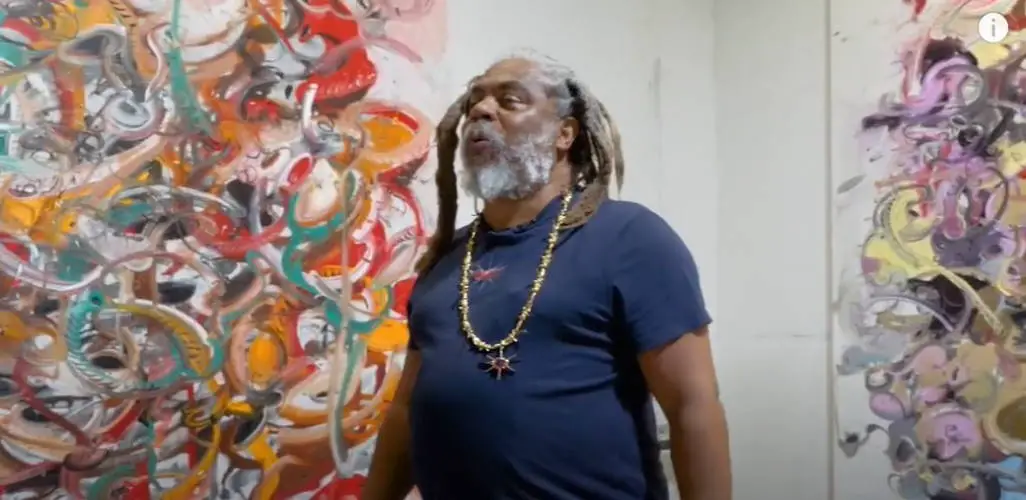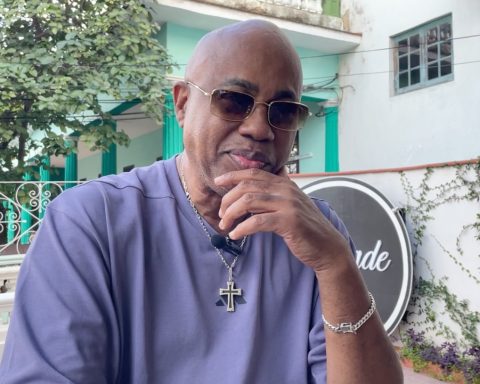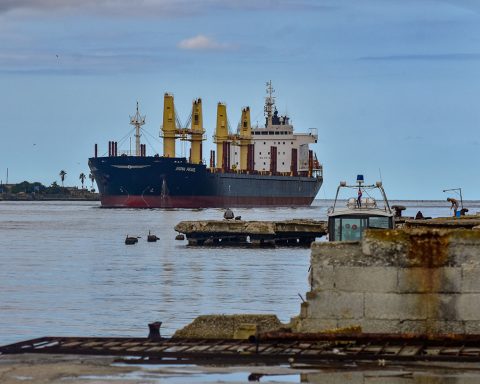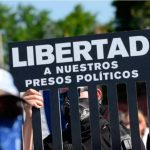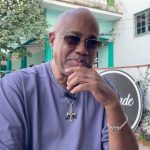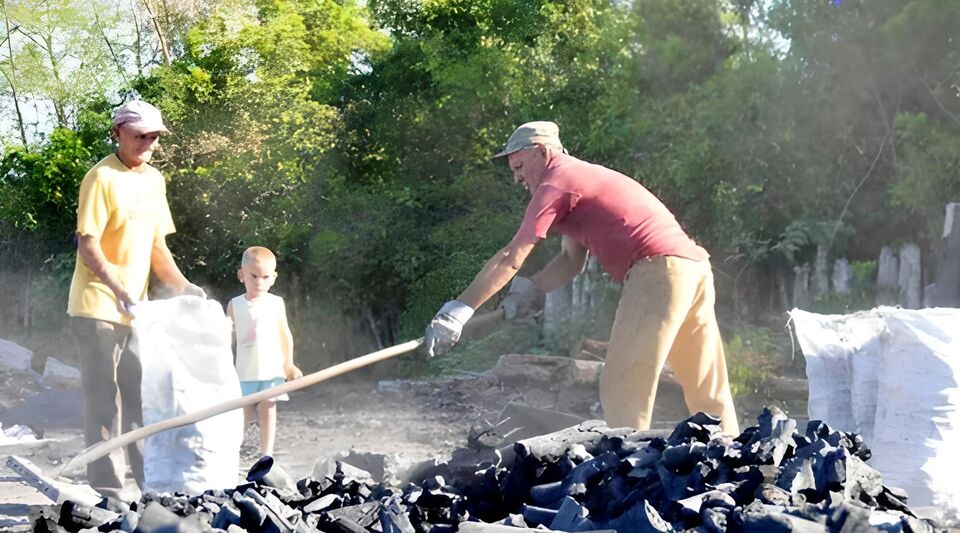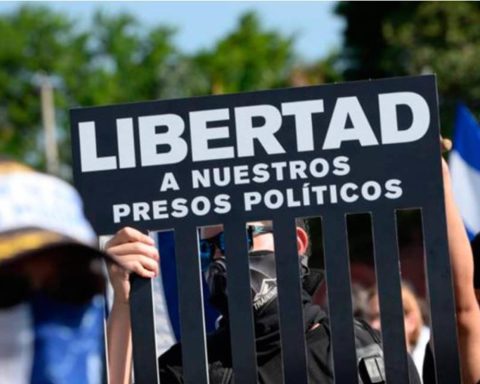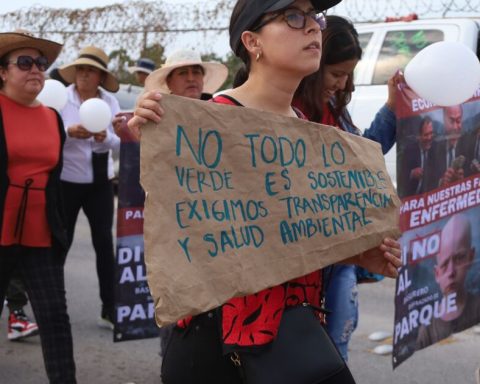Havana Cuba. — When talking about that aesthetic phenomenon that the Uruguayan critic Luis Camnitzer defined as the “Renaissance of Cuban Art” in the 1980s, it is impossible not to refer to the work of Tomás Esson, registered in the difficult years of the fall of the socialist camp and the beginning of the call “Special Period”.
Graduated from the Instituto Superior de Arte in 1987, his work was exposed to censorship at an early age, beginning with his personal exhibition “A tarro partido II”, which was closed ten hours after its inauguration at gallery 23 and 12 in Vedado, Havana, in January 1988. A year later he would revive the controversy with the show titled “Patria o Muerte”, included in the Castillo de la Fuerza Project.
Due to disagreements with the gendarmes of cultural politics, Esson decided to emigrate to the United States in 1990. Grotesque humor, sexual imagery, and political caricature have been used by the artist to criticize the many flaws in the revolutionary process; reason for which he was confined to the zone of silence, an ostracism that is maintained today. The disturbing mixture of symbols, amorphous creatures, popular kitsch motifs and figures of heroes canonized by revolutionary propaganda, challenged the tolerance of the authorities towards this new art carried out by young people more interested in questioning the kidnapping of the nation, culture and the identity, than in satisfying the demand for homage on the part of power.
Esson was too scathing, mocking and dissident for a political process on the verge of crashing. Outside the island, his themes acquired a broader dimension, philosophical if you will, where the relationship between art and life has been a constant. Within his aesthetic production, creative periods can be delimited that are identified with the cities where he has lived and worked: Havana, New York and Miami.
Among his most representative works are: “My homage to Che” (1987) and the series Wet Paintings, made in New York. The Museum of Cuban Art in Havana only keeps on display his work “La gallina del tutu rosado” (1987), in which —according to various sources— the figure of Che Guevara originally appeared riding the bird. The piece would have been modified without the consent of the artist before being exhibited to the public.
